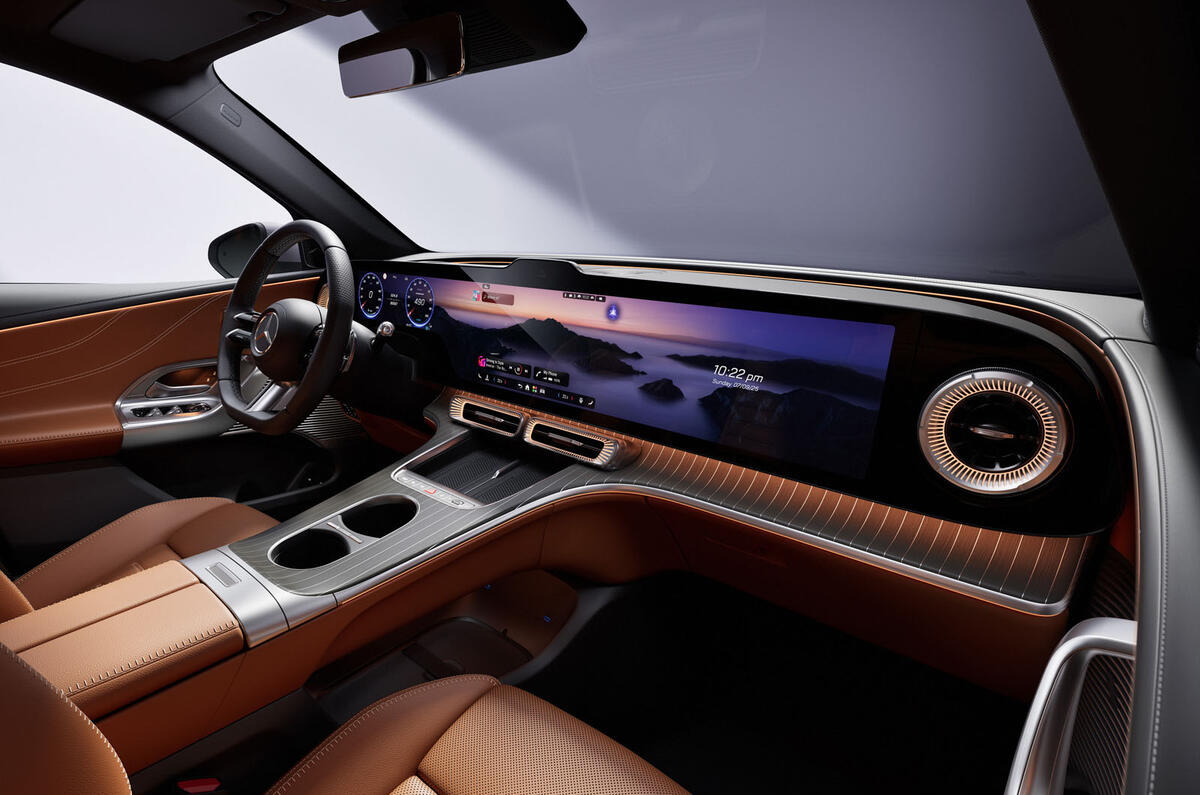What David Hasselhoff depicted back in the 1980s with KITT, a sentient Pontiac Trans Am, car makers and their technology partners now believe is becoming a reality for everyone.
Smarter software, ballooning levels of computer power and the application of artificial intelligence (AI) are on the cusp of allowing drivers to create a relationship with their car that some are predicting will border on friendship.




Add your comment